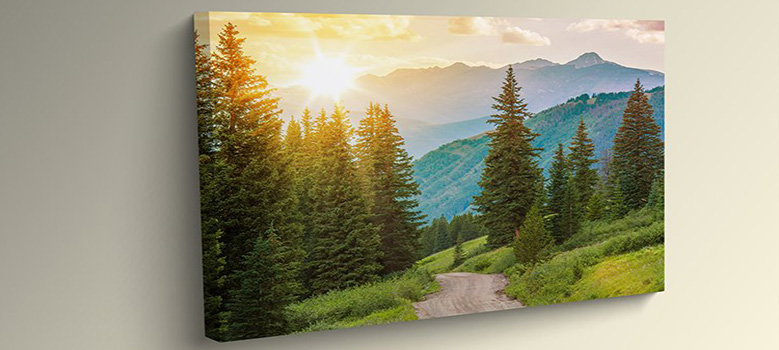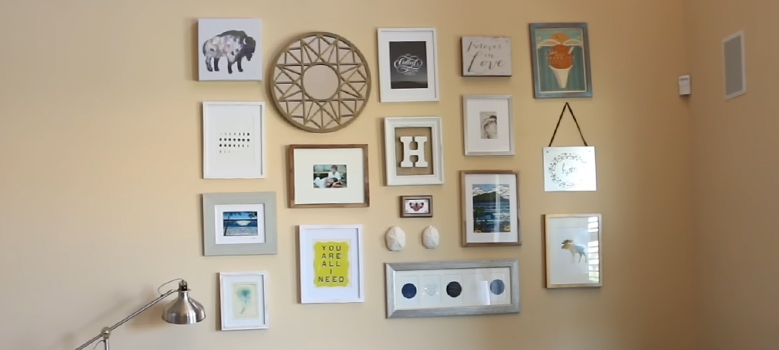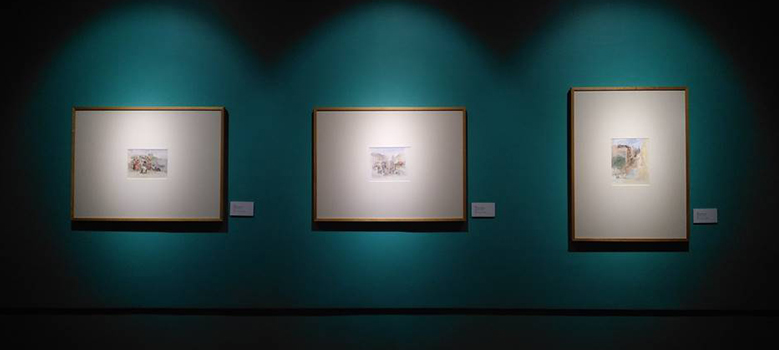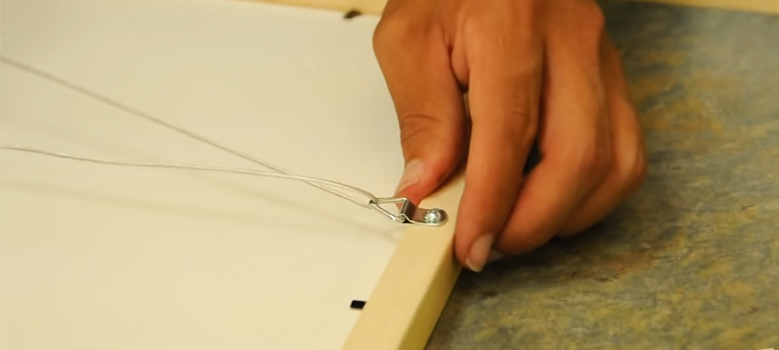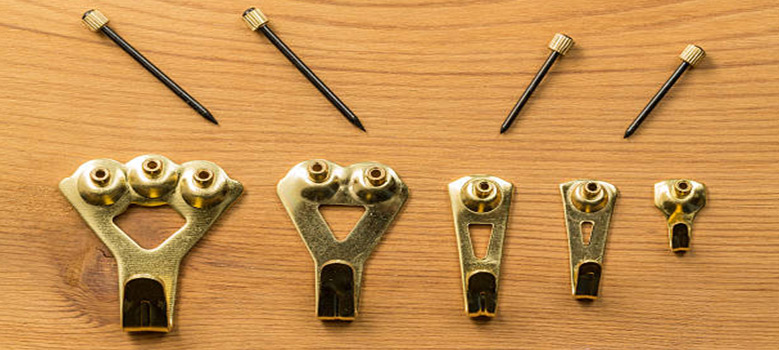Using mounted wall prints to display photos and artwork is a popular trend. You print your images using Crystal archive photo paper on a 1″ thick rigid board with black wood grain edges. With pre-drilled holes, you can hang these prints directly on your walls.
What is The Process of Mounting Wall Art?
There is a significant visual difference between mounted wall art and traditional paper art, but mounted wall arts have an extra rigid backing that provides stability and protection. Mounting the art onto the substrate prevents warping and corner damage. If you have a smaller size, these are great for displaying individually or in a group on an easel, preserving in an archival image box, or framing.
Mounted Prints Can Be Hung on the Wall by Following These Steps:
Step 1
Choose Better Materials: You should use high-quality mounting materials when mounting your artwork for several reasons. Choosing high-quality mounting materials is environmentally friendly. If your artwork is currently framed with materials that are not acid-free, you should consider reframing it before it’s too late.
More acid will likely leach into the print as it stays in its current state for extended periods. In the short term, it may not show signs of damage, but in the long run, it will. Framing a print properly the first time is cheaper than restoring it later.
The use of high-quality materials isn’t only beneficial for protecting art. Some frame companies even promote reforestation for the materials used to create their products as part of their efforts toward environmental conservation. Besides preserving your craft, you will also contribute to the environment’s sustainability.
Step 2
Place a self-adhesive picture hanger on the back of the mounted print: The large surface area of the hangers makes them exceptionally strong, while smaller images can be hung with just one hanger. When hanging larger art pieces, use two adhesive hangers and a wire or strong string between them.
Step 3
“Float” the mounting material away from the wall: To solve the problem, use thick self-adhesive rubber bumpers, usually used under furniture legs. You can hide their appearance by placing one in each corner of the print a few inches toward the center.
What is The Difference Between a Mounted Photo and a Canvas?
We will compare the two formats based on two critical criteria and decide which format wins: (1) Aesthetics and (2) Durability. Let’s see which design wins!
Round One: Aesthetics
Poster
There was a focus on immediate impact when designing posters. Public announcements and advertising were their first uses of them. At the turn of the 20th century, when poster design became an art form, convenience, and simplicity were still emphasized over premium performance, even in the format’s “Golden Age.”
Posters let themselves down in color intensity when it comes to print quality. As a result of the thin paper, premium photo reproduction doesn’t allow for enough ink saturation to produce vibrant, deep colors.
Canvas
Pangs on the canvas first appeared in the 14th century. Contemporary photo galleries worldwide use it as a premium foundation for wall art. Artwork can breathe on canvas, creating a unique sense of warmth and immediacy.
Its excellent color absorption has always made canvas a prized material. Canvas photo prints achieve truly eye-popping color saturation because the fabric material can absorb a lot more ink than a poster.
By definition, the canvas is matte – the texture of the fabric prevents glare so that you can enjoy the crisp detail of your photo print from any angle, and the colors will remain as saturated as in the original.
Round Two: Durability
Poster
Canvas prints have a higher color saturation than posters. You can expect your poster’s colors to fade over time, even if it isn’t exposed to the sun when it is new. Today’s posters are printed with inks that do not resist UV radiation well. If your print isn’t protected from the sun’s glare, you’ll see fading and yellowing set in before too long. It is a fact that not all posters last long enough for their colors to fade. The sign is fundamentally a sheet of paper – and a format so flimsy it will be prone to curling, tearing, and crumpling.
Canvas
Printer Inks provide the same level of chemical stability as solvent-based inks when we print our photo reproductions. And our canvas is specially designed for use with HP Latex printing. Our vibrant colors should last for at least 75 years before they start to fade.
Frequently Asked Questions
What Does Mount Mean in Art?
Mounting refers to the method of securing artwork inside a frame. There are a few different types of mounting options available with custom framing. It’s a good idea to use dry mounting if you want your artwork to stay flat and permanent within a frame.
What Does Mounted Picture Mean?
Photo mounting uses adhesive to affix a photo to a rigid solid material called a substrate. Photographic prints are sealed to a substrate by large rollers at Metroprint instead of using other warm techniques like heat.
What is a Mounted Frame?
Look at framed artwork, and you’ll notice that many of them have what appears to be a kind of card ‘border’ around the actual painting. Mounts are like this! Mounts give your artwork a level of ‘breathing space between it and the frame.
Conclusion
Mounting is not just the process of attaching items to walls. You should also prepare your artwork with the appropriate supporting materials. You should use acid-free materials to dry mount and frame your work. It is not only necessary to select the right board or mat but also to use the correct adhesive for attaching the print to it.
Materials made from wood pulp naturally contain acid. It appears as a brown or yellow staining on acidic art printed on acidic materials, giving older art a “burned” appearance. To prevent staining, research wood frames, mats, canvas frames, and adhesives before framing artwork to avoid staining.

